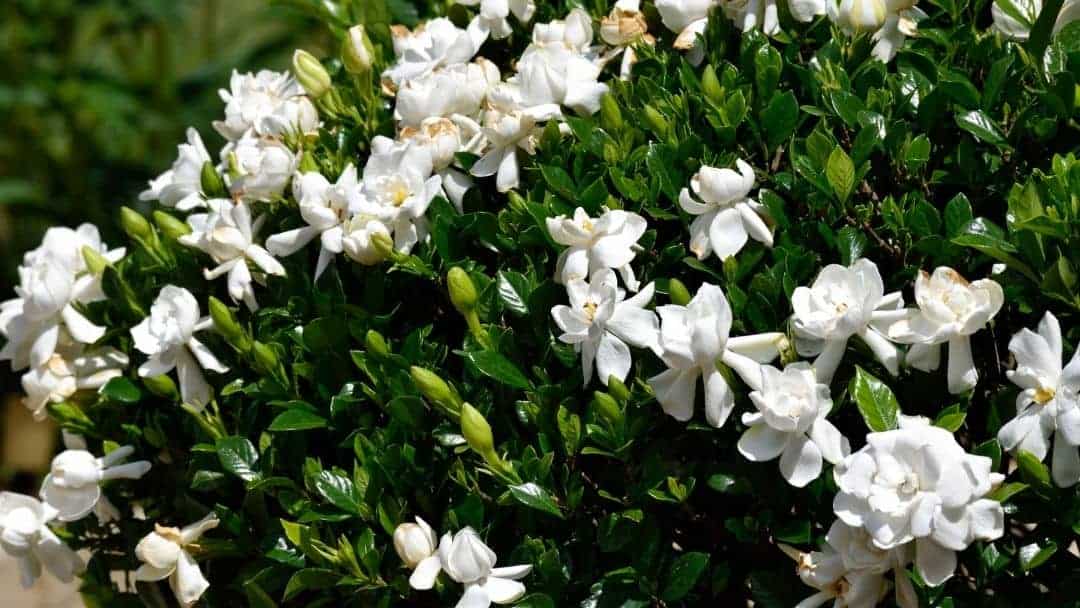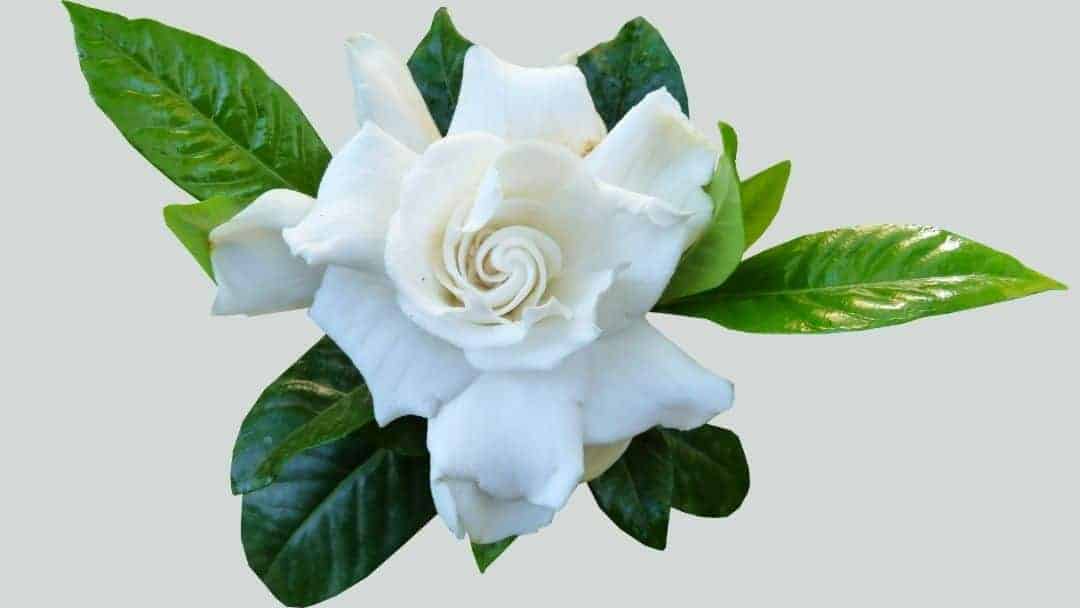Getting Started
Are you thinking of planting a gardenia in your yard? These trees are a top choice for southern gardens where they thrive with the right ratio of soil acidity and a weekly watering regimen.
Gardenias are one of the most popular flowering plants grown for their flowers, and if you’re interested in learning more about how to care for them, then keep reading!
In this blog post we’ll cover everything from planting tips to watering schedules.
How to Care for Gardenia Plants
Gardenias are a heat-loving shrub that’s commonly grown for its fragrance and beautiful flowers. Gardenia plants can be picky about their growing conditions, so it’s important to choose the right location and amend the soil if needed. Selecting an area with full sun to light shade is preferable in most cases.
The best time for planting a gardenia is either the fall or spring when temperatures are mild. Dig a hole at least twice as wide and deep as the root ball, then loosen up any clumps of dirt before adding them to it. Water thoroughly after transplanting and keep a close eye on your gardenia for the next few days so it doesn’t dry out. Growing requirements will be different if you choose to grow gardenias indoors, so let’s look at those next.
Indoor Growing Requirements
Gardenias are native to subtropical Asia, where they survive in the humid climates. They prefer more temperate weather which is why you’re likely to find them thriving on the coast of California or Florida. These flowers need a lot of light indoors so make sure that there’s an ample amount of natural sunlight nearby for your gardenia plants!
The best time of day to water gardenias is in the morning. If you’re not sure what a good watering schedule looks like, it’s usually around one-half cup of water every seven days or so. The soil needs to be moist but not saturated with moisture because if there are too many nutrients and they can lead to fungus growth!
If your plant has leaves that turn yellowish green then this means that it probably doesn’t have enough light or humidity – find new growing conditions for it quickly! As long as these flowers get plenty of natural sunlight and proper plant food, then you should see them thrive immediately.
Outdoor Growing Requirements
Specific to growing gardenias outdoors in dryer climates is the need to mulch heavily. Use between 2-3 inches of mulch around the base of the plant and entire root zone to help maintain moisture in the soil.
Mulching will not only help ensure water availability for your gardenia, but it will aid with weed prevention as well. For those that are looking for a quicker fix, you can use fabric row covers over plants during dry seasons; this provides an excellent barrier against wind and sun while still allowing air circulation.

What is the best fertilizer for gardenias?
Gardenias are an amazing flower, but they require a lot of nutrients to produce their beautiful waxy blossoms. They need fertilizer in the spring and again in the fall – use something acidic like azalea or camellia fertilizers, or a combination of blood meal and fish emulsion for organic gardeners!
Since they’re acid-loving plants, you can also supplement by adding spent coffee grounds or tea bags directly to the soil. For our pick, click below to check the current price on the Perfect Plants offering that’s specifically formulated to fertilize your gardenias:
Our Pick
How often do you fertilize a gardenia plant?
As we already mentioned the two primary windows for fertilizing your gardenia are spring and fall. During those months, you can fertilize gardenias every 2-4 weeks.
Watering Gardenia Plants
So, how often do you water a gardenia plant? What’s the right soil pH? You might have heard their heavy drinkers and that’s a reputation well-earned…Gardenia bushes need a lot of water!
- Water them deeply at least once a week, and make sure to water the ground around their base.
- The soil should be moist for several hours after watering.
- If your gardenia bush is wilting or drooping, it’s probably due in part to lack of water – check its roots by pulling back some soil from the base of the plant with your fingers. If you don’t see any moisture just below the surface, then give it more!
- Around November, reduce frequency to every other week as the temperatures continue to cool off.
Don’t let your gardenias dry out before they’ve gone dormant for winter though! Use mulch over their root zone year-round to make sure they don’t ever dry out.
Common Problems and Diseases
Root rot is one of the most common diseases that gardenias face and it’s usually caused by a fungal overgrowth in the soil. Although there are many different species capable of causing root rot in this plant, it is more commonly Phytophthora which is especially bad in South Carolina. Yellowing leaves is the most commonly observed symptom of root rot in gardenias. Additional problems include powdery milder and an occasional issue with nematodes.
In each case, the most likely cause is improper watering, so be sure to adjust your watering schedule as needed to prevent an overgrowth of fungus in the soil
Gardenia Care in the Winter
Gardenias grown anywhere colder than USDA Zone 8 will need to be brought indoors during the winter months. If you’re not able to bring your gardenia inside, then consider covering it with a frost cloth or similar item which can help keep its temperature up and prevent any damage from cold weather.
When growing gardenias in higher latitudes of North America, It’s important that they receive at least four hours of direct sunlight throughout the winter.
Where Can I Buy Gardenia Plants Online?
Are you looking to get some plants now so you can start growing gardenias? There are a number of online gardenia retailers. Check out these options below:
If you’re looking to buy your first gardenia plant now, then we recommend going with the simplest types you can find. That’s likely to be this frost proof option that’s available in a 1 gallon pot.
Now you have everything you need to know for the successful growth of your tree. If you’re still looking for more design ideas for gardening though, you can read our entire collection of gardening content on our blog or check out an article from the list below:
Read More Gardening Articles:



